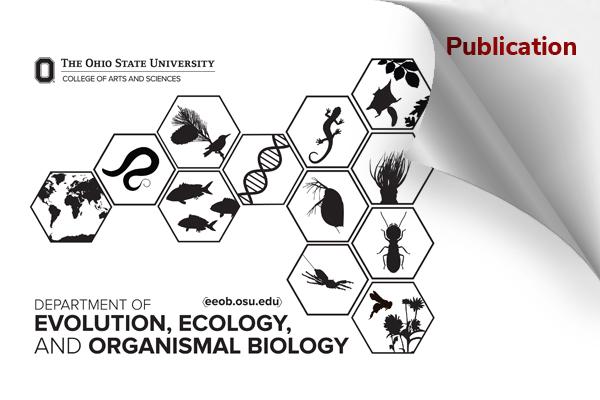EEOB Publication - Daly & Benedict

Between the Poles: Rethinking Global Patterns in Sea Anemone Biodiversity
Charlotte Benedict, Michael Broe, Marymegan Daly, Maanas Nukala. 2025. DOI: 10.1111/jbi.15167
Abstract
Aim
To assess global sampling coverage of sea anemones and global species richness across four different spatial resolutions, and analyse these along latitudinal gradients to investigate true bimodality and the extent to which these patterns have been influenced by uneven sampling efforts.
Location
The study encompasses a global scale.
Time Period
Occurrence data included in this study were collected from 1900 to present.
Taxon
Sea anemones (Actiniaria).
Methods
Using 247,542 global occurrence records, we estimated species richness and sampling coverage across four resolutions of grid cells: 800 km, 600 km, 400 km and 200 km. We employed a standardised rarefaction-extrapolation approach to mitigate biases introduced by uneven sampling efforts and to ensure comparability across spatial scales, then compared these species richness estimates across latitudes.
Results
Across all resolutions, we find a discernible peak in species richness in temperate latitudes, however, the latitudinal peak in diversity shifts dependent on the resolution; our coarsest resolution reveals the most pronounced bimodality, with peaks especially pronounced around 40° N and 40° S, while our finest resolution reveals species richness peaks at 40°–60° N and a subtler increase around 40° S. We find highest observed species richness consistently in temperate regions across resolutions, particularly in southern California, United States and northern Europe. Across all resolutions, we find a discernible peak in species richness in temperate latitudes, however, the latitudinal peak in diversity shifts dependent on the resolution; our coarsest resolution reveals the most pronounced bimodality, with peaks especially pronounced around 40° N and 40° S, while our finest resolution reveals species richness peaks at 40°–60° N and a subtler increase around 40° S.
Main Conclusions
Sea anemones display an asymmetrically bimodal pattern of global diversity and display the highest species richness at temperate latitudes around 40° N and 40° S. Our study underscores the need for targeted exploration in undersampled environments and understudied marine invertebrates to continue refining biogeographic theories, such as the frequency of bimodal distribution patterns.
